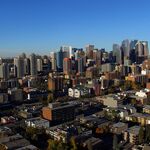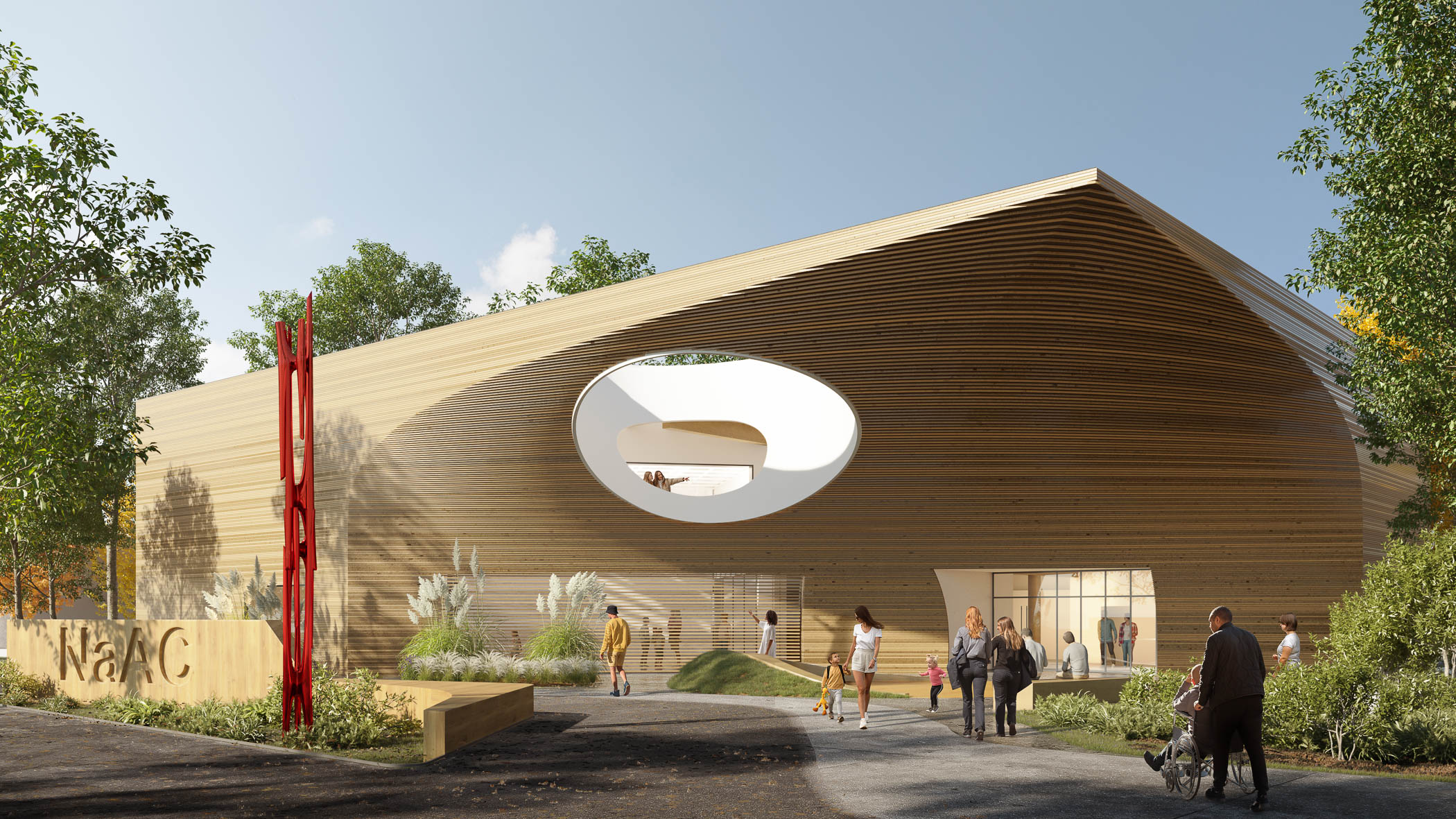"inaccessible to pedestrians"... "labyrinth of tunnels"... pretty dramatic.
I think I'm the only person left who actually likes grade separated pedestrian intersections. But, like one way streets, they have fallen out of favour with urban planners.
I hate waiting at lights and I like an opportunity to get out of the rain, so I actually thought this intersection was pretty great when I visited Winnipeg. It seemed to be well maintained at the time, although that was a few years ago.
I think it always comes down to design and context - pedestrian bridges, tunnels etc.
can be better for pedestrians by creating direct routes and saving brutal time-wasting detours from the path of travel. Key word is "
can".
Not downtown, but the simplest example I could find is some of the recent underpasses on the SW ring road project such as this one under Southland Drive. It's not a fancy one - and looks pretty low clearance - but there's no deviation or slope to climb at all. Seamless to use as a pedestrian or cyclist and results in zero travel time penalties and no traffic-caused safety risks.
The problem is in most contexts the pedestrian grade-separation really isn't for the pedestrians at all - the primary beneficiary is car drivers.
The reason pedestrians are stuck waiting at lights everywhere that are brutally long are because of priority given to car movements, exacerbated by Calgary's obsession for leading advanced protected turns further delaying pedestrian crossings almost everywhere. If a long wait to cross is a concern for pedestrians, deviating to climb a set of stairs up or down, cross then get back to street level often takes an even longer amount of time, plus adds big accessibility barriers for strollers, wheelchairs etc.
For downtown the Plus-15 system is pretty appealing because it's fairly well integrated and matured as a system - the deviation from the path of travel isn't often seen as a that, often because the system has evolved that the places you are trying to go are often already on the 2nd floor anyway like the shops and services, plus you can cross multiple blocks reasonably directly (once you make it to the second level). So the drawbacks to grade-separation have been mitigated somewhat, but effectively creating a "pedestrian layer" above the street level. Weather protection is a big plus too.
It's not perfect though - accessing the +15s remains an issue as entrances are random and inconsistent, wayfinding can be challenging, directness isn't always the best.
So grade-separation can work - but the design and context must prioritize pedestrian movements. In many cases, a simpler and cheaper way to make it quicker and safer to walk around without any of the accessibility issues would be to just use pedestrian activated controlled crossing at street level that actually favours pedestrian crossings (i.e. the traffic signal actually changes when you press the button, not 3 minutes later).
calgary.skyrisecities.com









